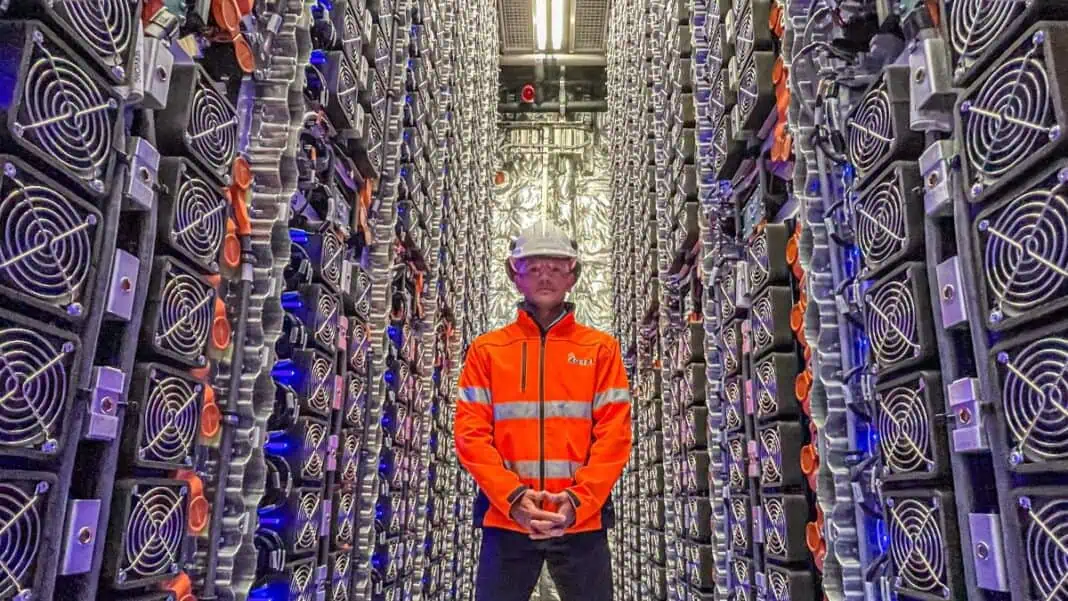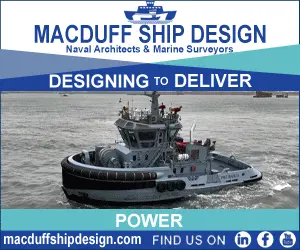At Incat Tasmania’s shipyard, construction continues of Hull 096, the world’s largest electric ferry, has reached a major milestone. One of the vessel’s four massive battery rooms has now been energized for the first time, marking a significant step toward upcoming sea trials later this year.
Each of the ship’s four battery rooms houses a portion of the 5,016 battery units being installed across the vessel – a total of around 250 tonnes of batteries.
The ship’s Energy Storage System (ESS) delivers an installed capacity of more than 40 megawatt-hours, making it four times larger than any previous maritime installation in the world. The ESS is supplied and integrated through Incat’s technology partners Wartsila and Corvus Energy, and connected to eight electric-driven waterjets, setting a new global benchmark for sustainable ship propulsion.
“To stand inside one of these battery rooms really brings home the scale of what’s being achieved here,” said Incat CEO Stephen Casey. “This vessel represents a step change for the global ferry industry – proof that large-scale, sustainable vessels are not only possible, but practical and commercially viable.”
“Our team has combined decades of aluminium shipbuilding experience with cutting-edge clean energy technology to deliver something truly world-leading,” Mr Casey added. “It’s a project that shows what Tasmanian innovation can contribute to the future of maritime transport.”
Each of the four battery rooms has been purpose-designed and precision-engineered to house advanced energy storage modules, which will supply clean, reliable power to the vessel’s propulsion and onboard systems.
When complete, the world’s largest electric ferry will operate for South American company Buquebus, connecting Buenos Aires, Argentina and Colonia, Uruguay – a journey that will be completed entirely on battery power.
“As we move closer to completion, every milestone reminds us how far the industry has come,” Mr Casey said. “This isn’t just about building a ship, it’s about setting a new course for the future of clean maritime travel.”












